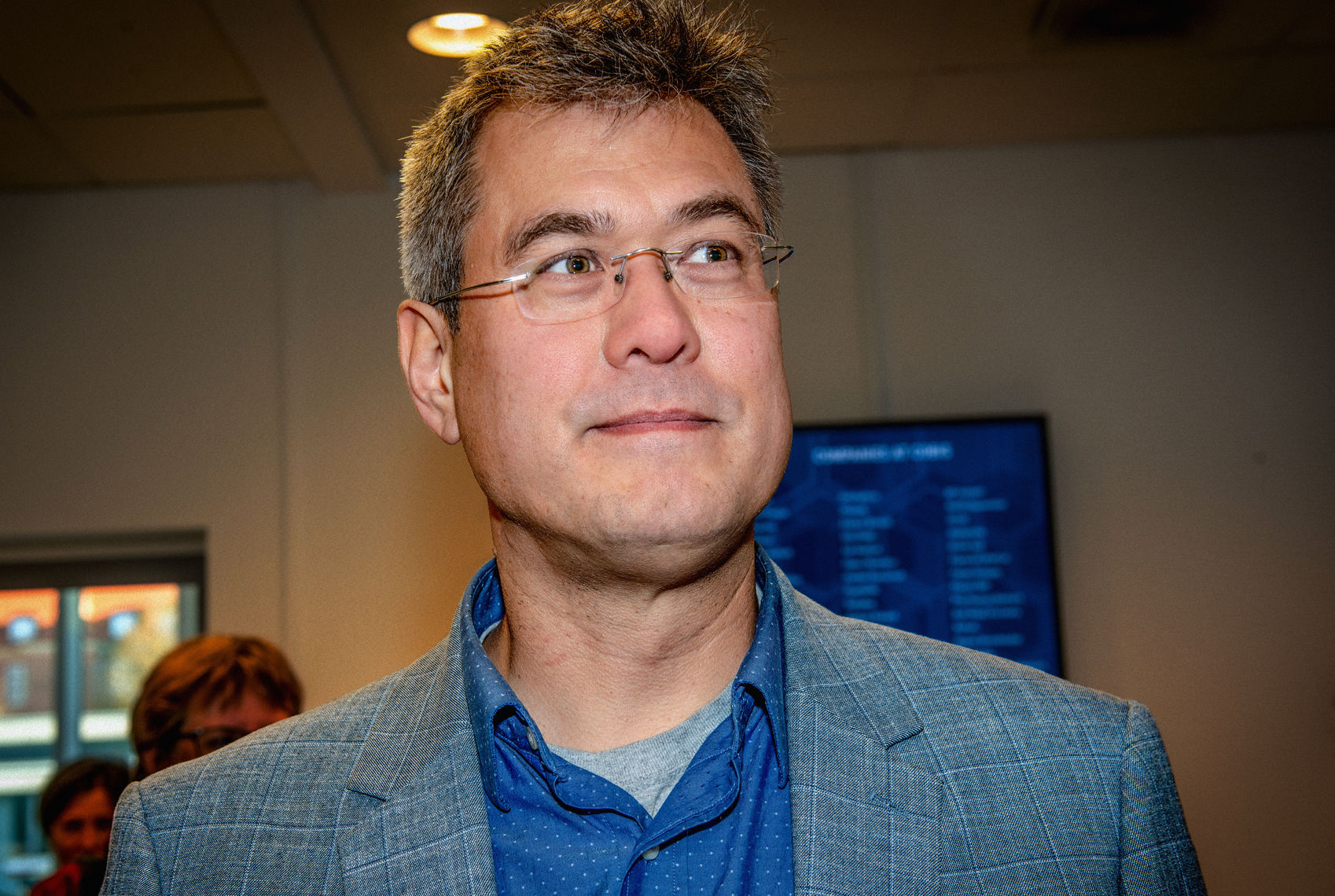
As First Science approaches, the first 15 instruments are in high focus for the science community around the world. Each instrument is designed for a specific, unique purpose, and all of them are capable of contributing to groundbreaking research and discoveries.
The instruments at ESS will be as crucial as the beam itself when it comes to making advances in our knowledge of the world around us, and the materials within it. They were carefully selected based not only on the technical capability, but also the science cases behind each one. Each of the 15 instruments will facilitate research and analysis that previously wouldn’t have been possible, so the decision and design stages were crucial parts of the ESS project.
“The interplay between the design of the source and the design of the instruments is something to be proud of, and something that hasn’t been done before,” says Ken Andersen from the Neutron Instruments Division at ESS. “We went our own way, against a lot of conventional knowledge.”
This unique, innovative way of working was essential from the very beginning of the project too, as soon after it began, ESS found itself with instrument suggestions from partners all over the world. There was no way to include every suggestion, so ESS needed to find a way to make the process fair while also ensuring that ESS would be able to take advantage of the unique capabilities afforded by the powerful neutron beam.
A world of ideas
As is the case with any new innovation or technology, there was no shortage of ideas for the best instruments for advancing neutron research, based on the proposed, powerful beam. All in-kind partners had scientists eager to suggest potential instruments, but with only a finite amount of time and space at ESS, the selection had to be carefully considered.
“For us, it was important to choose instruments and concepts that would work within our overall concept,” adds Ken. “At the same time, we wanted to encourage ideas and benefit from a wide range of viewpoints, so we set up a process where scientists could submit fully formed instrumentation ideas, backed up with scientific cases on how they could advance the field. From there, we put the proposals through peer-review, and selected the 15 most suitable. The scientists and contributors could see that this was a good and fair way to work together, and it went really well in the end.”
During the process, ESS worked on the crucial coordination which would ensure that all the relevant fields were covered by the instruments, and would have the potential to not only expand on existing knowledge, but to facilitate leaps into the unknown.
Transformative science
All 15 instruments were analysed and reviewed thoroughly before the designs were finalised, but the intensive process will pay off when it comes to the work which will be done in the future. Because each of them had a clear science case, and because the design stage has been so closely linked with the overall design of ESS, it’s likely that there will be significant leaps forward in a variety of scientific fields.
“All the instruments will facilitate science on scales we’ve never seen before,” explains Ken, “but there are two instruments which, to me, stand out as truly transformative – BIFROST and ESTIA. BIFROST will likely be the instrument that helps discover a new superconductor, which could potentially make a huge difference when it comes to energy efficiency and sustainability.
“If we can find a room temperature super conductor, for example, we could transmit power with no loss through heat. This could mean getting power from a windfarm in northern Europe to a town thousands of kilometres away without any loss whatsoever. Or it could help with levitating trains, or cheaper MRI machines. The potential would be almost limitless, and if anyone does discover this superconductor, BIFROST at ESS is the place to do it.
“ESTIA is interesting because it will allow us to measure surfaces and interfaces much more quickly and over smaller sizes. Neutron scattering information was instrumental in the development of the physics behind hard disks. With ESTIA we could see this science branch into many more applications and be applied to more complex surfaces. Thin film systems which aren’t restricted to flat surfaces could be really exciting.”
There are a number of other potential application areas for the instruments at ESS, including healthcare and fuel cells, and even though each instrument has a science case it’s impossible to accurately predict what discoveries will be made in the future. ESS, and the groundbreaking science, will be driven by scientists looking to answer questions.
“ESS, and neutron scattering, isn’t about answering one big question, it’s a tool that can help answer thousands,” says Ken.
Looking to the future
The user programme for the first 15 instruments is currently scheduled to open in 2023, and looking further ahead, the suite is likely to expand to 22 instruments. This was already considered in the design process too, so the next instruments will be as well-implemented with the beam line and infrastructure.
“I’m really proud of the interplay between the design of the source and the design of the instruments,” concludes Ken. “We were able to achieve integrated optimisation of the whole facility which is really unique, and I didn’t expect that to happen when we started. I’m really proud that we were able to develop this global optimum by going our own way.”
























